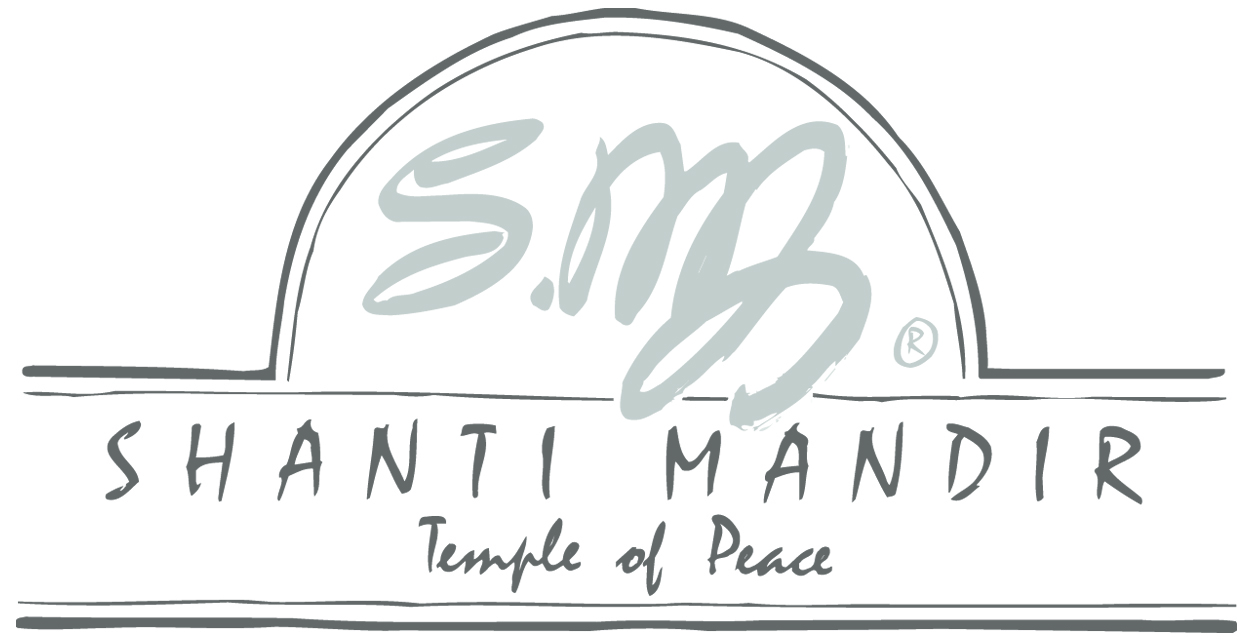tin
A khula (open) stroke with the index finger of the right hand.
Pronunciation
Tin is spoken with a standard English ‘t’ sound and a short ‘i’ vowel as in imp.
Tin is not to be confused with Thin, which is not pronounced as the English spelling suggests. The ‘th’ in Thin is not as soft as the ‘th’ we hear in think, it is more of a soft ‘t’ sound still with the tongue behind the teeth unlike ‘th’ in English. The two sound very similar to English speakers but the difference is important.
To play the sound
This stroke Tin is rarely played in isolation, it is the right-hand stroke of the two-handed sounds Thin and Dhin.
Go to Thin (Tin+Ka)
Go to Dhin (Tin+Ge)
The right hand index finger is struck sharply in the syahi (black spot) to make a resonant ringing sound. Be sure to keep the middle finger raised and away from the drum skin.
The stroke is not to be confused with Ta (Ra) which also uses the index finger in the syahi but playing a bandh (closed) sound.
Also not to be confused with another index finger khula stroke; Naa except that Naa is played in the chat (rim).
tIN

